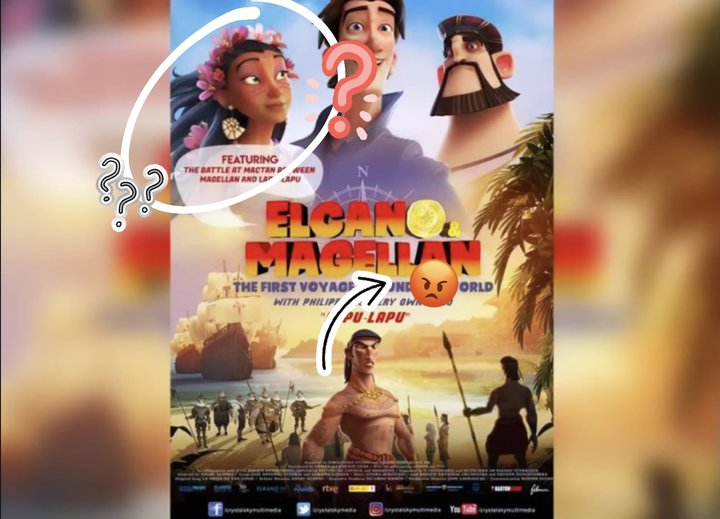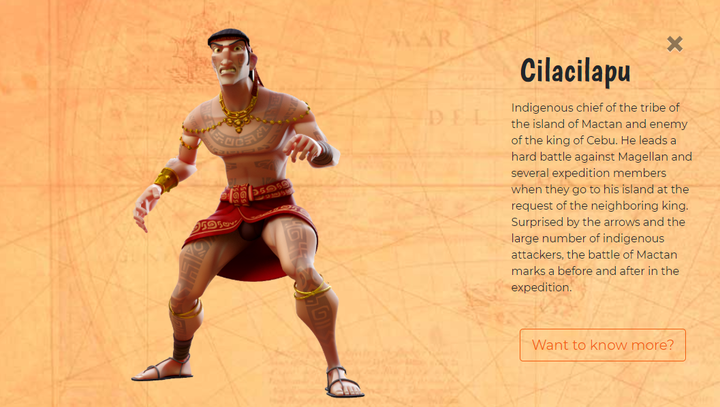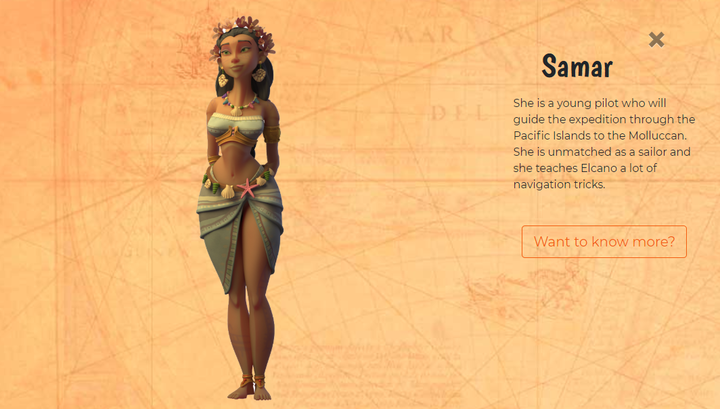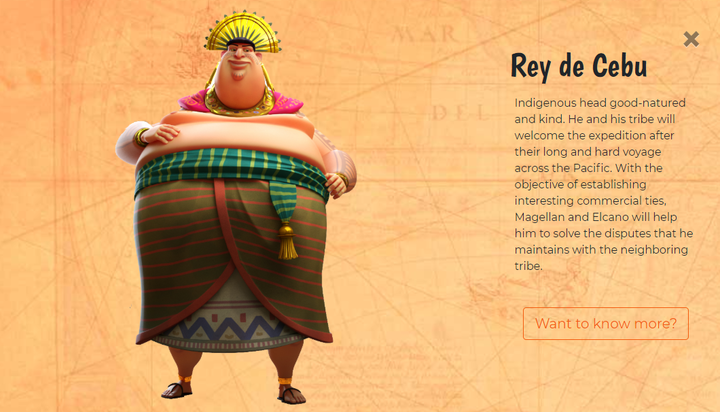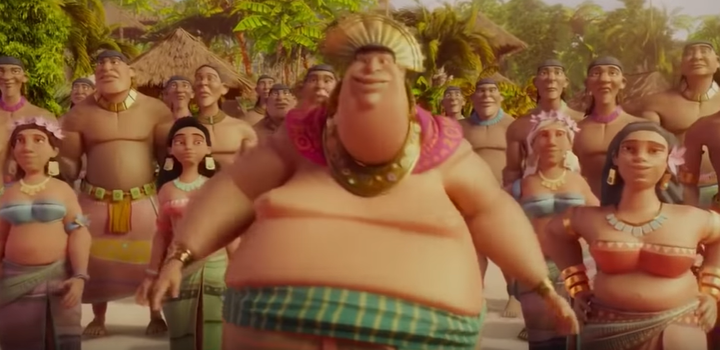When it first came out that a Spanish-made movie about the travels of Magellan would premiere in the Philippines people were more than just upset about it — they were downright angry. They deplored its very existence for seemingly glorifying a voyage that would eventually lead to the Philippines’ colonization. And colonization is, of course, something we are now able to condemn as overwhelmingly regrettable.
(‘Elcano and Magellan’ To Be “Re-evaluated” Amidst Backlash)
More than just the general feeling of wrongness that the movie gave off, there were actual plot points and character details which immediately caused eyebrows to raise. The “villainous” depiction of Lapu-Lapu in the movie poster is an easy one, which netizens were quick to point out and critique. A lesser mentioned point, but no less questionable, would be the adoring behavior the tribe showers Elcano and Magellan with once arriving on the shores of Cebu.
But to ensure as comprehensive a view of Elcano and Magellan: The First Voyage Around the World as possible, it’s necessary to go over everything we know about it — without having seen it, of course.
The first and most obvious thing to consider is the movie poster. Although it crowns Lapu-Lapu as “Philippines very own hero” there is no mistaking the menacing scowl and aggressive demeanor that the animated rendering takes. Given that history tells us the movie should move towards a battle between Magellan’s forces and Lapu-Lapu’s tribe then friction is inevitable in the plot. What is less sure, but highly likely, is the framing of Lapu-Lapu as a character of conflict.
Screenshot from the Elcano and Magellan website
While that may not necessarily be inaccurate, especially depending on whose perspective you take, it is a slippery slope. The difference between being a villain and being a character contrary to the hero is not one that is always easily made. But it must be remembered that Lapu-Lapu was defending his tribe from encroachers and was entirely in the right. Regardless of perspective, attempts to steal land and enslave people is universally acknowledged as an attack on sovereignty.
Then there is Samar, the Filipina sporting an “island girl” aesthetic while gazing lovingly at Elcano. Everything about this character screams ‘fake’. From the possible love angle to the entirety of her character there have been no accounts in history which even hint that this girl may be real. Add to that her character description as a native guiding the Spanish expedition and aiding them in their navigation and you truly see historical accuracy fly out the window.
Screenshot from the Elcano and Magellan website
Yes, historical fiction has the creative liberty to make characters and events flexible but it is still important to discern which pieces of fiction were necessary for the storytelling. An island girl who seems to exist solely for the benefit of the white protagonists is incredibly problematic. Not to mention how all the effort put into naming her was picking out a random island from the Visayas region.
The depiction of Rajah Humabon (or Rey de Cebu in the movie) as “good-natured and kind” plays into that same theme of willing subjugation that Samar gives off. While it is true that Humabon willingly received and treated with the Spanish fleet, it wasn’t out of simple hospitality. The Rajah had his motives, namely, to form an alliance against Lapu-Lapu’s rival tribe.
Screenshot from the Elcano and Magellan website
His character description may attribute his interest in the expedition as “commercial ties”, but the historical fact is Humabon was looking for Lapu-Lapu’s downfall. The distinction brings to light the issue of white-washing history in terms of making it more sanitized and palatable than it actually was. Which is exactly the problem we get from the trailer, as well.
The few moments that natives from the island of Cebu show up on screen they exude an open and welcome vibe, clearly happy to have these foreigners blessing them with their presence. But according to Antonio Pigafetta’s accounts which chronicled this voyage around the world, the reality was much more subdued.
(MTRCB Takes ‘Abominable’ Out of Philippine Theaters Due To Controversial Scene)
Magellan’s arrival on Cebu understandably triggered fear and alarm, with some locals even retreating. The meeting between the Rajah and Magellan’s contingent was fraught with tension, with Magellan refusing a customary tribute and instead giving a veiled threat. “If you entertain them well and treat them well you will find yourself the better for it, and if ill, it will be so much the worse for you,” was the warning Magellan’s translator gave the king of Cebu.
Already the disparity between fact and fiction is evident in reviewing the first meeting alone. The same follows for the character designs and descriptions that have been released. Still, it is important to acknowledge that any criticism of the movie is operating on limited information. We are only seeing a small piece of the story but a proper review needs the whole of it.
So perhaps the takeaway here is that such a movie calls for a heightened sense of critical thinking. Audiences ought to be actively evaluating what they’re fed and questioning the veracity of a plot supposedly based on history. Others may say that factual accuracy is best won in the classroom and that “a movie is just a movie” but let’s not forget: media shapes and informs the reality and the behaviors of those who consume it.
What do you think about this?
Do you have a story for the WhenInManila.com Team? Email us at story.wheninmanila@gmail.com or send us a direct message at WhenInManila.com Facebook Page. Interact with the team and join the WhenInManila.com Community at WIM Squad!

